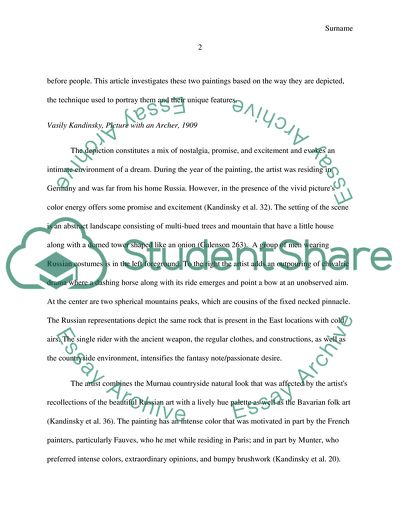Cite this document
(“Kandinsky's and Severini's Paintings Comparison Essay”, n.d.)
Retrieved from https://studentshare.org/visual-arts-film-studies/1702314-kandinskys-and-severinis-paintings-comparison
Retrieved from https://studentshare.org/visual-arts-film-studies/1702314-kandinskys-and-severinis-paintings-comparison
(Kandinsky's and Severini'S Paintings Comparison Essay)
https://studentshare.org/visual-arts-film-studies/1702314-kandinskys-and-severinis-paintings-comparison.
https://studentshare.org/visual-arts-film-studies/1702314-kandinskys-and-severinis-paintings-comparison.
“Kandinsky's and Severini'S Paintings Comparison Essay”, n.d. https://studentshare.org/visual-arts-film-studies/1702314-kandinskys-and-severinis-paintings-comparison.


